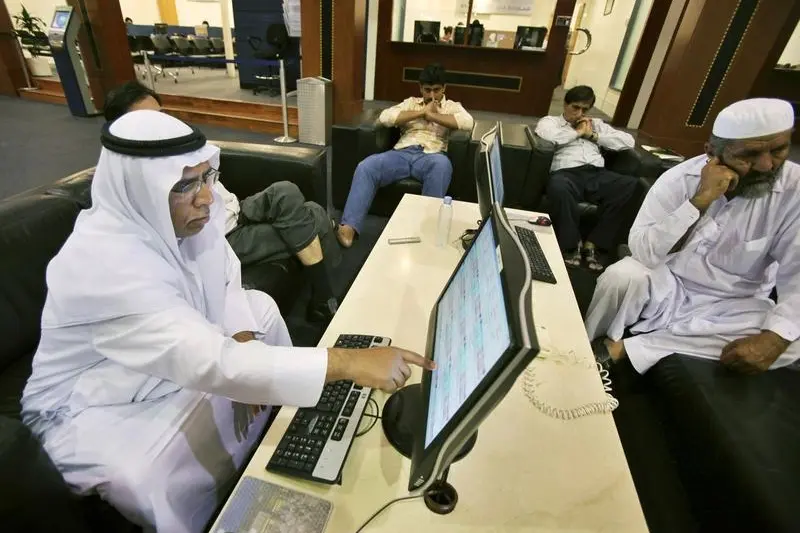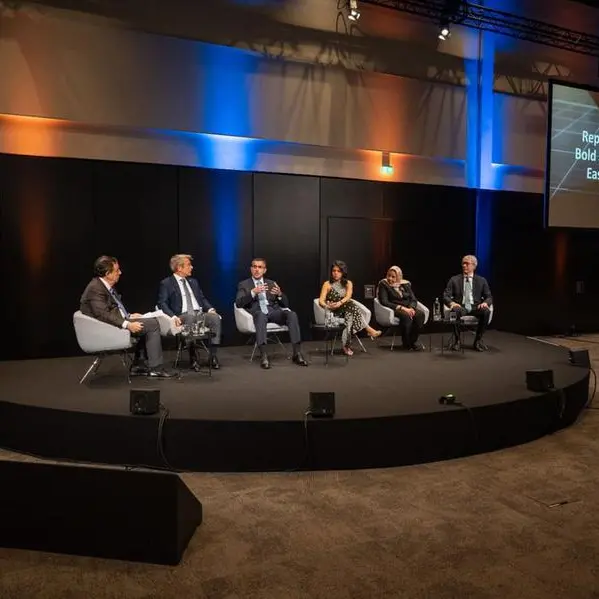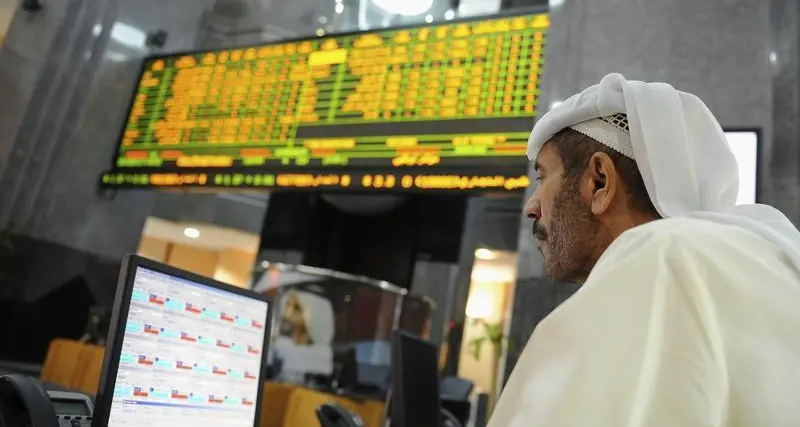PHOTO
Saturday, Oct 24, 2015
Dubai: Market conditions are tough as ever with divergent monetary policies across the globe, and fund managers are finding it difficult to eke out a sensible return for investors.
Forget about even a single digit return, fund managers have not been in a position to even protect the capital of investors. That’s the reason why Peter Vincent, head of alternative investments, Europe at Franklin Templeton says in multi-strategy investing could be timely.
“The market environment is favourable for this kind of hedge strategies. We’ve been through beta driven markets in the last 6-7 years. We had an environment where owning a beta meant returns. Bonds have been on a 30 year bull run, and it’s hard to see more returns. It’s getting harder to think that we are going to make good returns or we own a good beta. People are starting to think of where to go for returns. So people are looking at alternatives,” Vincent told Gulf News in an interview.
Alternative strategies essentially has a highly diversified portfolio for differentiated returns. The fund has a subset of four strategies, one is long short equities, global macro, relative value and event driven, and each of these strategies has a different style and a different way of delivering returns.
“The USP [unique selling proposition] is that it is a differentiated return, with low volatility and is unconstrained, so we are in a position to generate returns regardless of market directions. If we avoid losing too much money when markets are selling off, and when markets are going up we want to capture more returns,” said Vincent.
Single asset class
“We try to get a differentiated sort of return that is independent of returns available from any single asset class. We are trying to create a portfolio that has a very diverse source of returns and very little reliance on any single asset class. Our return should be with low volatility, and we should over a cycle be able to give a positive return independent of asset class movements,” he added.
The last quarter was a good test of the portfolio, where Franklin Templeton tried to minimise the impact of drawdowns.
“We had been trying to reduce the beta equity portion prior to August. In the quarter to September, the fund was down 1.2 per cent compared to global equities, which were down about 8.5 per cent. Year to date, the returns were in positive territory,” he said.
The current assets under management in the Franklin Templeton’s K2 alternative strategies fund is about $900 million (Dh3.3 billion) until end-September from broad based investors in Europe, Middle East, North America, South America etc.
“The interest in this strategy is enormous and wide based. We have two versions of this fund one in the US and another one in Luxembourg. This kind of dilemma of getting desired returns by taking minimum risk is a problem all across the world. So that is why these kind of strategies are acquiring a lot of interest,” he said.
Concerns
Franklin Templeton is also trying to address concerns that investors had about alternatives.
“In 2008, there were problems with hedge funds, and alternatives and people are worried if that can happen again.
We wanted to try to structure the fund in a way that would had allayed these concerns. The big concerns were around liquidity, transparency and control,” Vincent said.
“A lot of hedge funds structured in such a manner through a cobweb of fund managers, where control was at an arm’s length. So we have made it in such a manner that control stayed with us,” he added.
Performance fees had been a sticking point for such alternative strategies, so Franklin Templeton has worked on a flat fee structure.
“We have taken any component of performance fees. We don’t have any performance fees and have a flat fee structure, and the total expense of the fund is capped. so that we have equitable share of return between the investor and investment manager,” Vincent said.
Risks
“We have tried to mitigate some of the obvious risks, like we have control of the asset.
“When investors pay for active management fee, they should get more than index type funds, so there is a need among investors to have an active manager that can give the type of returns that investors aim for. There is a need shift in mentality among investors that they need more outcome oriented strategies,” Vincent said.
The fund is being managed by 11 managers out of whom most are in the United States, and fund managers are paid a flat fee.
Traditional vs alternatives
Even though the total size of alternative investments is only 12 per cent compared to the traditional asset under management. The alternative category has doubled in size since 2005, with global assets under management (AUM) growing at an annualised pace of 10.7 per cent, twice the rate of traditional investments.
“If we look across the institutional markets, institutions have driven growth in hedge fund assets particularly since 2008. Institutions have high exposure to hedge funds because they, like hedge funds, focus on low volatility and diversification. But in the private wealth world, investors have low allocation because they didn’t have options like daily liquid fund,” Vincent said.
By 2020, alternatives will comprise about 15 per cent of global industry assets and produce up to 40 per cent of industry revenues, as the category continues to siphon flows from traditional products, a study conducted by McKinsey said in a report earlier in the year.
By Siddesh Suresh ?Mayenkar Staff Reporter
Gulf News 2015. All rights reserved.












